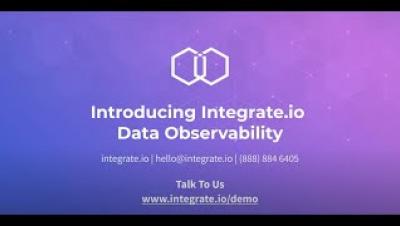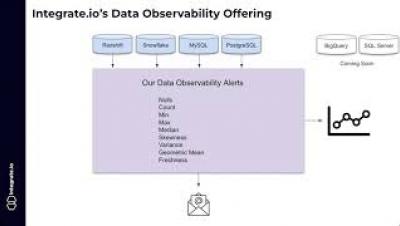Why do we need DataOps Observability?
DevOps was started more than a decade ago as a movement, not a product or solution category. DevOps offered us a way of collaborating between development and operations teams, using automation and optimization practices to continually accelerate the release of code, measure everything, lower costs, and improve the quality of application delivery to meet customer needs.










